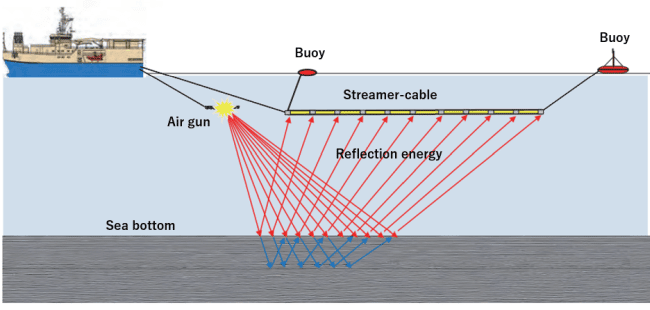All Categories
Featured
Table of Contents
Geophysical Exploration in Woodvale Australia 2021
Much of the image includes blank areas now with little or no radar action. The "courtyard" wall is still showing highly, nevertheless, and there are continuing ideas of a hard surface area in the SE corner. Time piece from 23 to 25ns. This last slice is now nearly all blank, but a few of the walls are still showing strongly.
How deep are these pieces? The software application I have access to makes estimating the depth a little difficult. If, nevertheless, the leading three slices represent the ploughsoil, which is most likely about 30cm think, I would think that each slice is about 10cm and we are just coming down about 80cm in overall.

Luckily for us, the majority of the websites we have an interest in lie simply below the plough zone, so it'll do! How does this compare to the other methods? Comparison of the Earth Resistance information (top left), the magnetometry (bottom left), the 1517ns time slice (leading right) and the 1921ns time slice (bottom left).
Geophysical Prospecting in Neerabup Aus 2020
Magnetometry, as talked about above, is a passive technique measuring regional variations in magnetism versus a localised zero worth. Magnetic susceptibility study is an active strategy: it is a step of how magnetic a sample of sediment might be in the presence of an electromagnetic field. Just how much soil is checked depends on the diameter of the test coil: it can be really small or it can be relatively large.
The sensing unit in this case is extremely little and samples a tiny sample of soil. The Bartington magnetic susceptibility meter with a big "field coil" in use at Verulamium during the course in 2013. Leading soil will be magnetically boosted compared to subsoils just due to natural oxidation and reduction.
By measuring magnetic susceptibility at a reasonably coarse scale, we can detect areas of human occupation and middens. We do not have access to a reputable mag sus meter, but Jarrod Burks (who assisted teach at the course in 2013) has some exceptional examples. One of which is the Wildcat website in Ohio.
Chapter 4. Geophysical Investigations in Glendalough Australia 2020
These towns are often laid out around a central open location or plaza, such as this rebuilt example at Sunwatch, Dayton, Ohio. Sunwatch Village, Dayton, Ohio (image: Jarrod Burks). At the Wildcat website, the magnetometer survey had located a variety of features and houses. The magnetic vulnerability survey helped, nevertheless, specify the primary area of occupation and midden which surrounded the more open area.
Jarrod Burks' magnetic susceptibility survey results from the Wildcat website, Ohio. Red is high, blue is low. The strategy is for that reason of great usage in specifying locations of basic occupation rather than identifying particular features.
Geophysical surveying is an applied branch of geophysics, which uses seismic, gravitational, magnetic, electrical and electro-magnetic physical approaches at the Earth's surface area to determine the physical homes of the subsurface - Geophysical Surveys Definition & Meaning In Stock ... in Southern River Oz 2021. Geophysical surveying approaches generally measure these geophysical homes together with anomalies in order to evaluate numerous subsurface conditions such as the existence of groundwater, bedrock, minerals, oil and gas, geothermal resources, voids and cavities, and far more.
Latest Posts
Course: Basics In Geophysical Surveying in Langford WA 2022
Geophysicist Careers in Munster Aus 2021
Airborne Geophysical Surveys in Caversham WA 2020